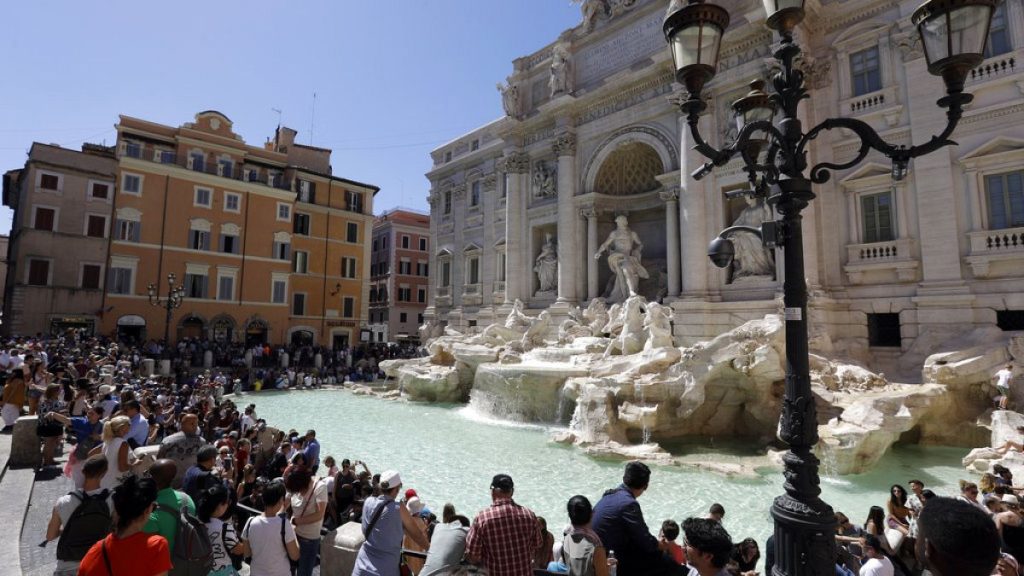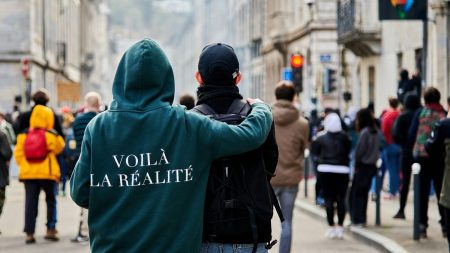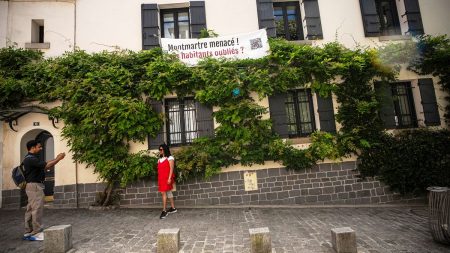Rome is facing the challenge of overtourism and a lack of respect for its most famous tourist attractions, such as the Trevi Fountain. In response, authorities are considering implementing a ticketing system to enter the fountain. This system would limit and time access to the fountain, with free entry for Romans and a symbolic one euro fee for tourists. The goal of this charge is not to raise money but to reduce and control crowds, while also encouraging visitors to show proper respect to the monument.
Despite the popularity of the Trevi Fountain, with millions of visitors each year, the implementation of the ticketing scheme is still in the early stages. While city councillor Alessandro Onorato supports the idea, a municipality spokesperson mentioned that it is currently just an initial concept with no concrete plans yet. Nonetheless, the issue of overtourism in Rome must be addressed to ensure that tourism remains sustainable for the city and its environment, especially with record numbers of tourists expected in the coming years.
Italy as a whole is grappling with overtourism and is considering various strategies to manage the influx of visitors. In Venice, a €5 ticket for day visitors during peak periods was trialed, with mixed responses from authorities and locals. This system aimed to encourage visitors to come during less busy times, and it is likely to be repeated in future peak seasons. Additionally, Prime Minister Giorgia Meloni’s government is exploring the possibility of raising Italy’s tourist tax to address overcrowding in major cities like Rome and Florence, with a proposed fee of €25 per person per night for overnight stays in local accommodations.
In Rome, authorities are also considering restrictions on the opening of new Bed and Breakfast accommodations and holiday homes in the historic center to alleviate pressure on the city’s iconic areas. While there is a desire to limit the number of non-hotel facilities, current regulations do not grant the power to prevent their opening. This challenge highlights the need for comprehensive strategies to manage tourism in a sustainable way while maintaining the balance between cultural heritage preservation and economic growth in popular destinations like Rome.
The tourism industry in Italy is a crucial part of the economy, but it also poses significant challenges in terms of sustainability and preservation of cultural heritage. Balancing the needs of tourists with the protection of iconic sites like the Trevi Fountain is essential for the long-term well-being of cities like Rome. Implementing measures such as ticketing systems and tourist taxes may help regulate the flow of visitors and ensure that historic sites are respected and preserved for future generations to enjoy. By addressing overtourism with innovative solutions, Rome and other cities in Italy can continue to attract visitors while maintaining the integrity of their cultural and historical treasures.









